A beautiful day in the neighborhood
In a thicket of trees tucked behind the rises of Poncha Pass, the density of a heavy snowfall tugs earthward, bending boughs and blanketing a frozen landscape in endless white. In this high and frigid pocket of rural Colorado, the summer’s hot stretches may not be the first thing to come to mind. But for those who are charged with managing wildfires in the American west, there are no days off.
Matt Norden is a fire management officer with the Bureau of Land Management. An experienced wildland firefighter who heads up the agency’s efforts in the eastern half of Colorado, he is responsible for managing the wildfire risk on Poncha Pass. That area, however, is a complicated mosaic of private land, state and county jurisdictions, and federal public lands that are split between multiple agencies. As a result, solo management efforts are functionally impossible – especially when trying to manage a destructive force that has absolutely no regard for the lines drawn on a map.
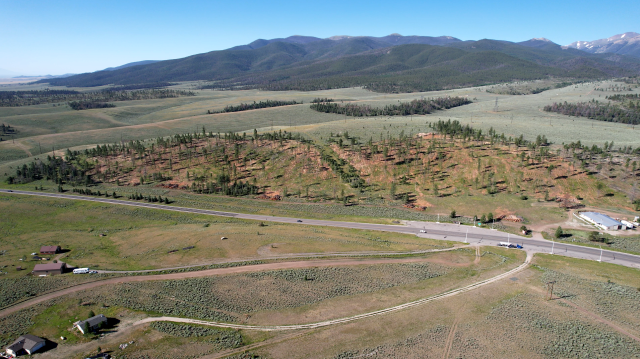
To address this issue, the U.S. Congress authorized the U.S. Forest Service to test a pilot program in 2001 that would allow for a cross-jurisdictional approach to managing wildfires in Colorado. They called it the Good Neighbor Authority, and it has become a stunningly effective tool for land managers.
Lisa Corbin is a supervisory forester with the USFS who remembers when the Good Neighbor Authority was launched, and who has had extensive experience with the GNA since.
“This forest was one of those utilizing that pilot program,” she said. “I got to see it all up close and how it all works, how agencies can work together.”
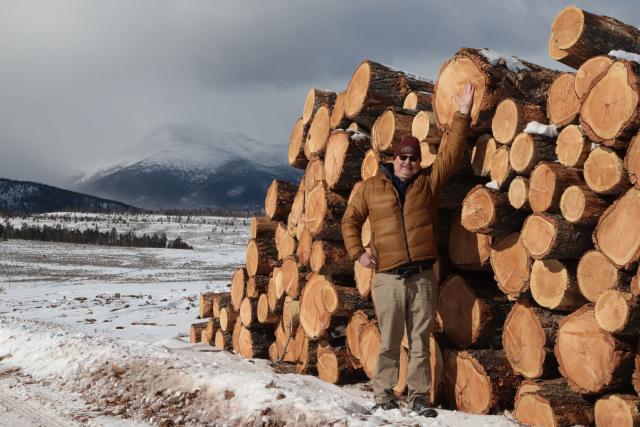
Corbin explained that the initial aim of the program was to address the complications of the wildland-urban interface – a designation for areas where human habitation buts up against the raw, undeveloped land often managed by state or federal government. The early successes of the program led to a growing interest in cross-jurisdictional cooperation with other federal agencies, states, counties, and federally recognized Tribes. The scope and focus of the program also began to expand, other benefits became increasingly apparent, and interest grew.
“This allows us to do more than just reduce the risk of catastrophic wildfires,” said Norden. “Removing those built-up fuels is vital to forest health.”
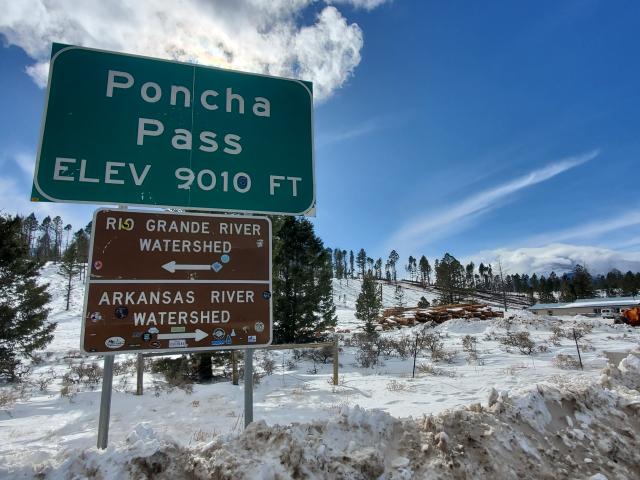
Healthy forests, said Norden, are important for more than just fire mitigation. Removing underbrush and ground vegetation helps more water get into the soil. It improves forage for wildlife and increase ecological diversity across the landscape. Healthy forests in his district, he said, are now more achievable because of the GNA.
The GNA is directly responsible for enabling Norden and his team to tackle the area around Poncha Pass. Partnering with the Colorado State Forest Service, more than 1,300 acres were successfully treated across publicly and privately held lands in that area, and at the Rock Creek development further south in the San Luis Valley.
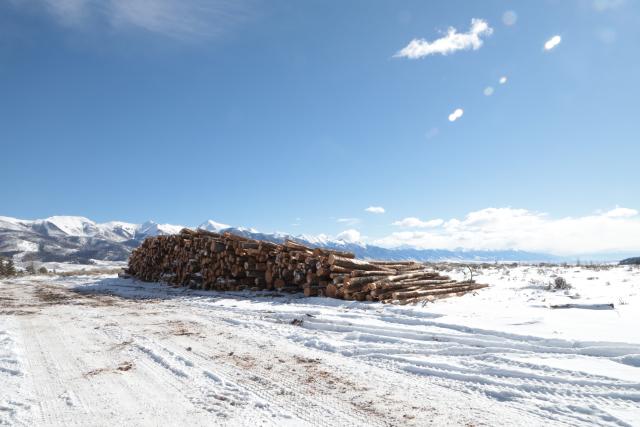
“Because our land pattern is so fragmented, our projects tend to be small and tackling them can almost be a moot point. But, when working across state and private land boundaries, those projects reach a size that can be a lot more impactful,” he said.
“We have one forester in the district,” he continued. “The other thing the GNA allows us to do is utilize the Colorado State Forest Service to actually complete the work and get it done in a timely manner.”
Mark Wagner and Adam Moore, two foresters with the CSFS who worked with the BLM to address the management needs of Poncha Pass, agree that partnerships are at the core of what makes the GNA effective.
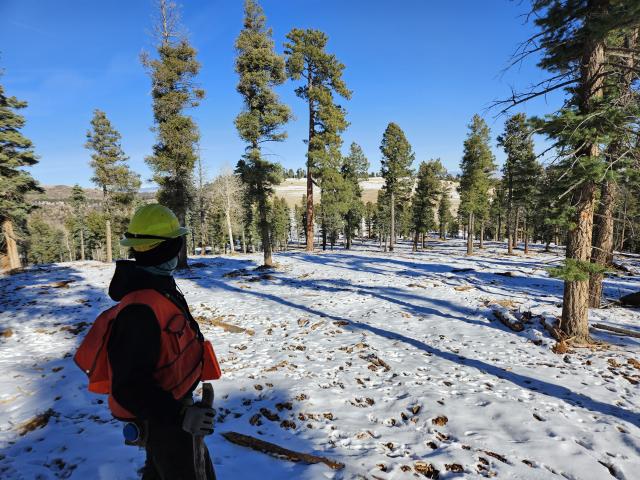
“The GNA has a lot of value in helping everyone involved increase their ability to get projects done,” said Wagner, whose position was created specifically to help the state’s forest service facilitate GNA partnerships with other agencies.
“It allows us to break through different issues that can hold up important work,” he continued. “When one agency partners with another, and we can fill the gaps in capacity, it’s far more efficient than everyone trying to get things done on their own.”
Shortly after the work on Poncha Pass, the CSFS again partnered with the BLM through the GNA – this time in a residential area. The project, said Moore, had some significant differences.
“Working with the landowners, we saw a lot of interest in the fire mitigation aspects of the project. They were interested in seeing better wildlife habitat, and they liked the aesthetic improvements,” he said. “But the cost of the work was probably the deciding factor in a lot of ways.”
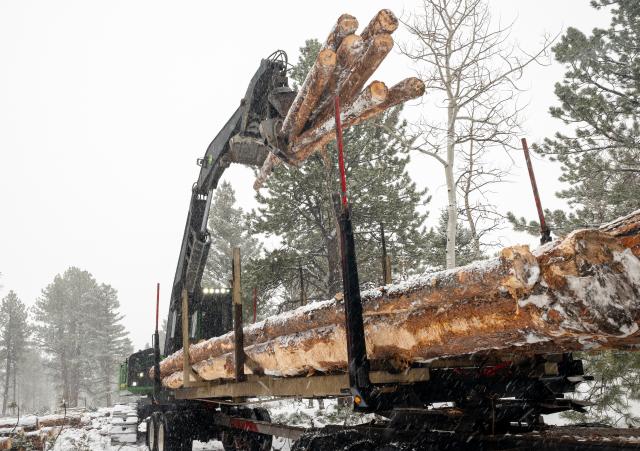
Clearing land can be expensive. In residential areas, where work must be done by hand instead of with large machinery, the price tag increases exponentially. For landowners with significant acreage, costs rapidly become prohibitive. But, because both state and federal entities were involved, a broader range of funding sources helped to make the project possible at no cost to the residents.
Because virtually all the work done on the Poncha Pass and Rock Creek development treatments were stewardship projects, the cost was approximately $1.2M. To help mitigate these costs, the Good Neighbor Authority is often used in projects that result in salvaged timber, which can produce positive revenue streams. The USFS began tracking its numbers in 2016, when it sold approximately 14 million board feet of timber generated by its GNA projects. The Congressional Research Service reported that within five years, GNA timber sales had grown to nearly 20 times that amount.
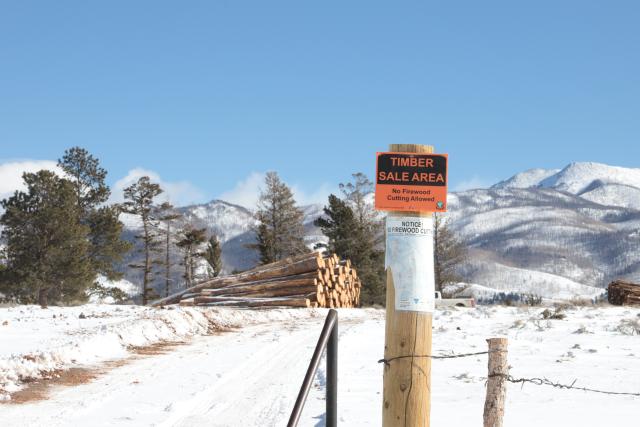
Since its inception, the Good Neighbor Authority has been an astounding success in helping wildland firefighters meet the demands of a challenging profession, while simultaneously improving land health and wildlife diversity. But the ecological improvements of GNA projects are only the beginning of the benefits of the program.
“We haven’t even discussed the positive impact these projects have on local businesses,” said Wagner.
The next installment of this Good Neighbor Authority series will explore some of the positive ways the program has bolstered local economies in the Poncha Pass and Rock Creek project areas. For more information on Good Neighbor Authority projects near you, please contact your nearest U.S. Forest Service ranger district or state forest service office.
Levi Spellman, Public Affairs Specialist
Attachments
Related Stories
- BLM Fire Team brings Smokey Bear to Kingman’s Street of Lights
- Rural wildland firefighting partners grateful for BLM gift
- BLM hosts fire investigation training course to strengthen wildland fire investigation capacity across Arizona and the West
- Helping Woodlands & Fighting Fire with the Dawson Project
- Historic Umtanum Suspension Bridge wins international footbridge award
Office
3028 E. Main St
Canon City, CO 81212
United States
